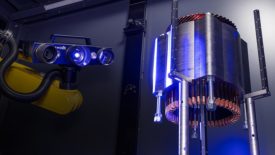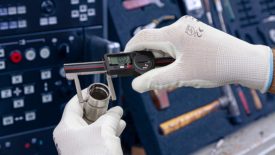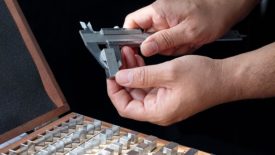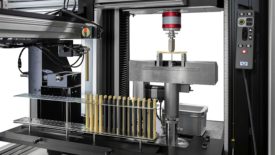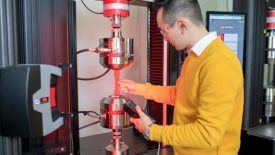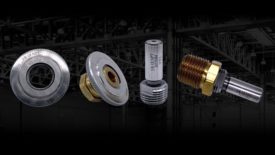Quality 101
Quality 101
GD&T allows engineers to define feature relationships, ensuring proper alignment and interchangeability.
Read More
Quality 101
Is it a Digital Caliper – or a Swiss Army Knife?
Even a digital caliper — which takes most of the guesswork out of reading the measured value — still requires skill to correctly apply it to the measured dimension.
September 19, 2023
Quality 101
Styli and Probe Extensions: Small Accessories Have A Big Impact On CMM Accuracy
Don't sacrifice quality by using the wrong styli and probe extensions.
August 22, 2023
Quality 101
The Importance of Calibration
Calibration is essential from both a technical and business perspective.
August 16, 2023
Quality 101
Building Blocks to Improve Organizational Culture
Lay out a road map to achieve organizational excellence and build a culture around it.
May 30, 2023
Quality 101
Automation in Materials Testing
There are many different parts of a universal testing machine that can be partially or fully automated depending on the specific needs of your lab.
May 15, 2023
Quality 101
Automation’s Growing Role in Universal Testing
The pandemic proved just how important universal testers are to quality. As staff shorages endure, automation is keeping this technology on point.
May 10, 2023
Quality 101
Learns from ISO 9001:2015
Having conducted well over 700 audits, I've noticed some patterns.
March 29, 2023
Quality 101
Taper Pipe Thread Inspection, NPT
If you take care of your gages, they will take care of you and the parts you manufacture.
March 2, 2023
Get our new eMagazine delivered to your inbox every month.
Stay in the know with Quality’s comprehensive coverage of the manufacturing and metrology industries.
SIGN UP TODAY!Copyright ©2024. All Rights Reserved BNP Media.
Design, CMS, Hosting & Web Development :: ePublishing
